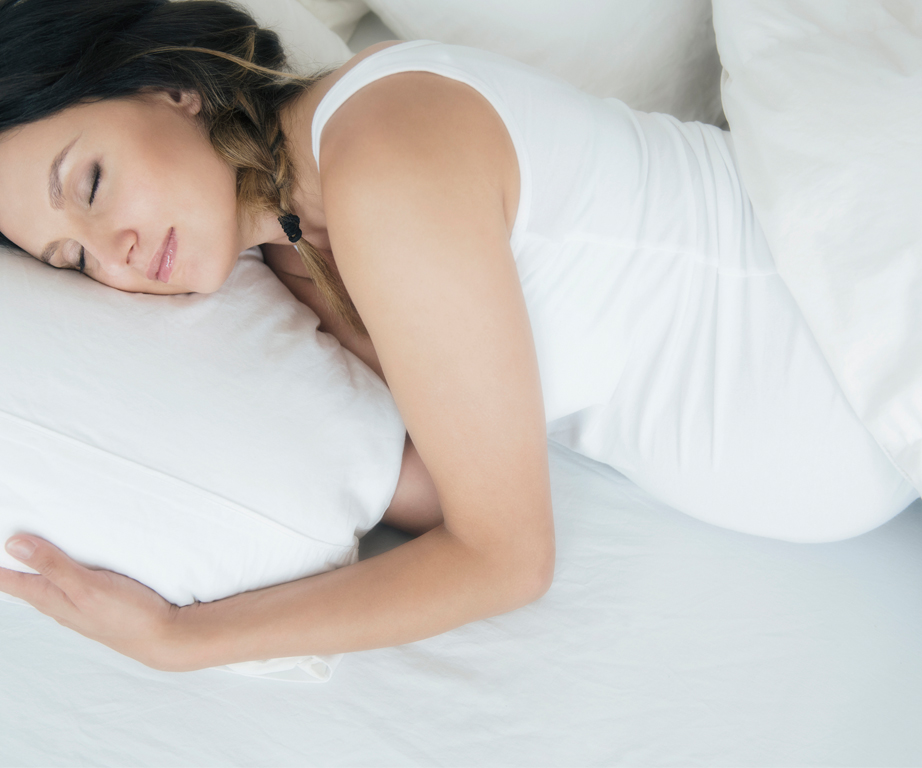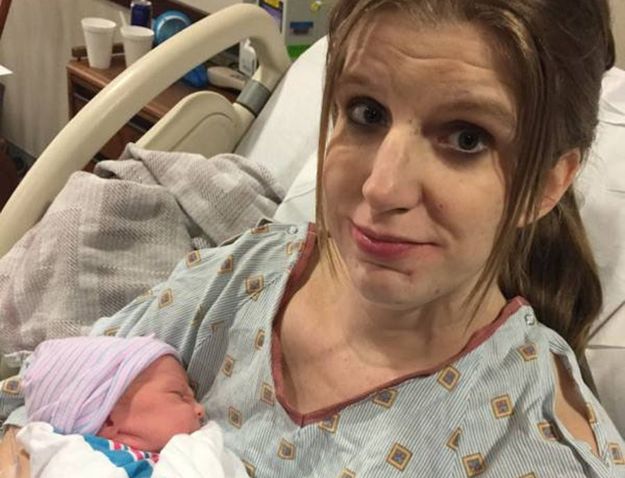Women who sleep on their backs during their last trimester of pregnancy are almost four times more likely to have a stillborn baby.
According to a new study from The University of Auckland, the risk of stillbirth is higher after 28 weeks of pregnancy, and that close to 10 per cent of late still births could be prevented by the simple act of changing the way you sleep.
Author Professor Lesley McCowan, head of Obstetrics and Gynaecology at the university, says the findings show it’s much safer for women in the late stages of pregnancy to sleep on their sides.

Every year in New Zealand, around 160 babies are stillborn in the last three months of pregnancy. Photo: Getty Images
“When the mum is on her back there’s evidence to suggest that babies go into a state where they use less oxygen.
“We’re particularly excited about this finding, because the position that women in late pregnancy go to sleep in can be changed.”
The recent Multi-Centre Stillbirth Study was conducted in seven New Zealand District Health Board areas comprising two-thirds of all New Zealand births (Waitemata, Auckland, Counties-Manukau, Waikato, MidCentral, Capital & Coast, and Canterbury).
The case-control study questioned 164 women who had a stillbirth at 28 weeks or later in their pregnancy about a range of behaviours, including sleep practices, and made comparisons to 569 women who had live babies.

It’s understood the findings from the research could potentially save 15 babies a year. Photo: Getty Images
The new study backs up research carried out in 2009 by Auckland University which identified sleep positions in late pregnancy could increase the risk of stillbirth.
“Since our initial findings were published in 2009, our research shows that there has been a change in going to sleep position in New Zealand women who are now more likely to go to sleep on their side,” McCowan says.
“This change in behaviour has been encouraged by maternity care providers aware of the 2009 study results.”
 Getty Images
Getty Images

